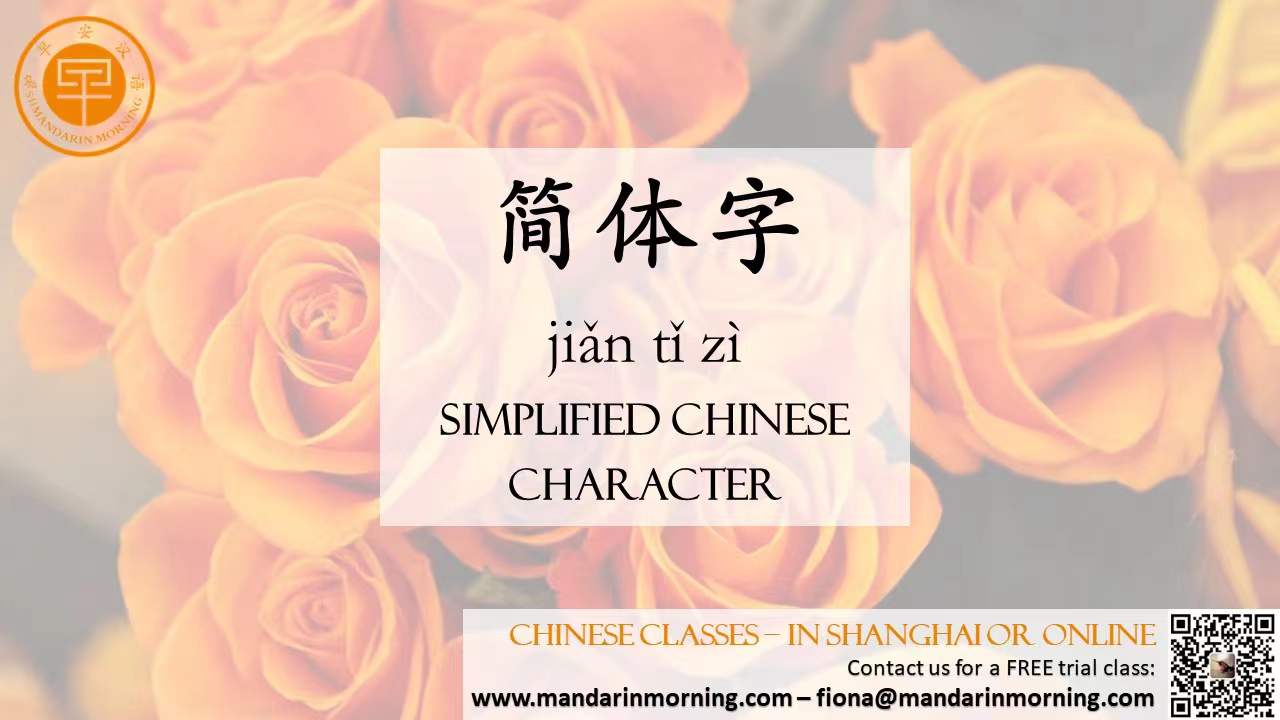| Simplified Chinese actually has a very recent history. Simplified Chinese is a less complicated form of Traditional Chinese introduced by the People's Republic of China between 1949 and 1964. The majority of common people in China could not read Traditional Chinese due to its complexity, and the government implemented the simplified system with the hope of improving literacy rates. The simplification process of Traditional Chinese was achieved by reducing strokes as well as merging characters. A stroke is a pen motion used to write a character. The more strokes a character has, the more complex it is. For example, the character 聽 (to hear) is made up of many strokes for such a common and simple term. Simplifying it to 听 makes it significantly easier to remember. Modern Chinese usually involves two main dialects or forms of writing: Simplified Chinese and Traditional Chinese. Efforts to increase the literacy rate that began at the end of the 19th century resulted in the People's Republic of China (PRC) adopting the decision to simplify the written Chinese language in order to make it easier for the general populace to read and write. This was the beginning of the two different versions of written Chinese: Traditional and Simplified Chinese.  The difference between Traditional and Simplified Chinese The most noticeable difference between Traditional and Simplified Chinese is the characters. Traditional Chinese characters are made up of many linked and interrelated radicals, while Simplified Chinese characters appear to be clear and straightforward. Some characters were simplified by substituting all occurrences of a particular component with a simpler variant. Other symbols that had the same meaning were merged into one to reduce the total number of characters. Other characters remained unchanged. |